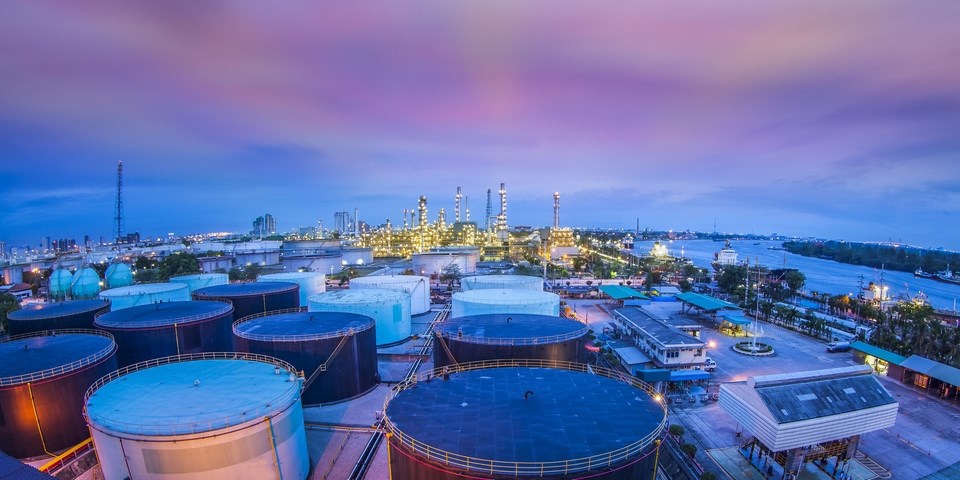Ashwin Annareddy, principal consultant at Frost & Sullivan, states that the oil and gas market is still cautious. However, the downright pessimism of the recent past seems to have been replaced with moderate optimism. This sentiment has been fuelled by rising oil prices. Also, it looks like some companies, for example Shell or Statoil, have managed to significantly reduce their project costs, lowering the threshold for new exploration and exploitation.
For example, Shell has commissioned the design and construction of a new FPSO for the Penguins Field in the northern part of the North Sea. In this issue (see page 29) we have listed seven major oil and gas developments worldwide. According to Annareddy, the aforementioned revival does not necessarily mean a boom in valve sales. “For the time being, the focus lies on repair and, if necessary, replacement. As the oil and gas market is prone to price fluctuations – as recent years have shown – companies are still reluctant to invest and choose to hang on to existing assets with the focus on repair.”
The rise of IIoT
With the focus on maintenance and performance, Annareddy sees an increased interest within the manufacturing industry – including oil and gas – in automation, in particular IIoT. “The Industrial Internet of Things and the advance of data driven diagnostics will put their mark on the manufacturing sector, so much is clear. These technologies enable industries to optimize production processes and use data for preventive maintenance. Data can also be used to monitor the performance of individual components, such as valves, which can used to improve design features for better performance and/or a longer life span.”
As Bob McIlvaine already noted in the February edition of Valve World, the market for valve guide, control and measure will outperform the actual valve market. In 2018, refineries will spend approximately 8,5 billion USD on valves and a whopping 23,9 USD on guide, control and measure which are the building blocks for IIoT.
Carbon tax
Fugitive emissions, in particular CO2-reduction, will have a bigger impact on the valve market, Annareddy states. The objectives and goals which have been set in the Paris accord and carbon taxation (which still is relatively low but expected to go up in certain regions/countries) have their repercussions on many sectors, especially energy-intensive sectors such as oil and gas, steel manufacturing and the petrochemical industry.
Annareddy: “Tougher regulations will impact the design of control valves and boost the sales of valves that promote environmentally sustainable practices across various end-user industries. This development inevitably will lead to a quality push in valves for critical applications (control, pressure valves). Take for example material development in elastomers for individual parts. Western (control) valve manufacturers have to focus on developing innovative, high-quality yet costeffective designs that meet end-user requirements.”


